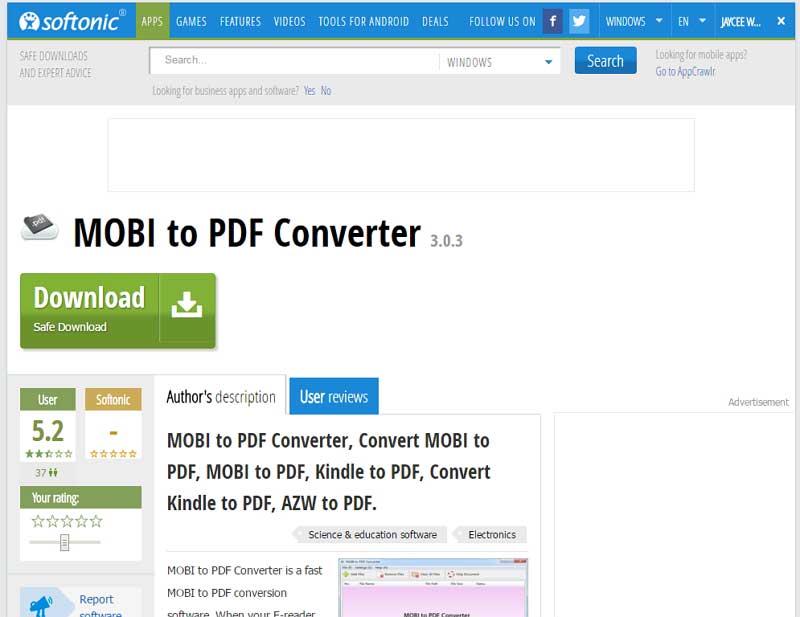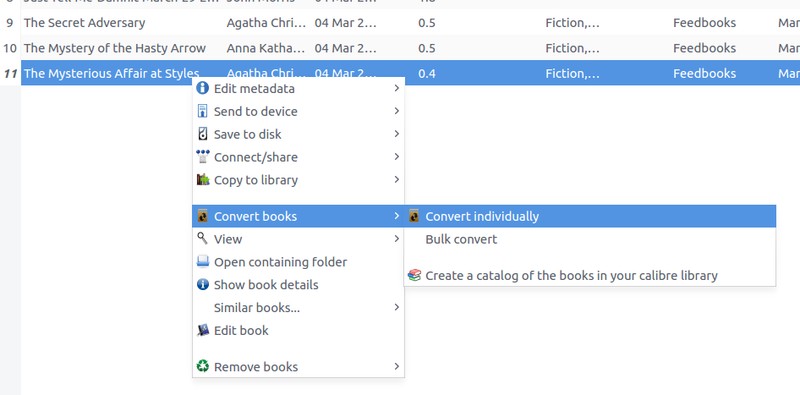

You'll be brought to a Device Summary page that tells you your Kindle email as well as the type of device it is, and a few other things. Click on 'Devices', and in the next menu, select the option for the Kindle you want to send your document to. You'll see a toolbar with some options - you'll likely currently be on 'Content', which should be followed by 'Devices'. From here, select 'Your Devices' from the block to the left. In the UK: likewise, click or hover over the 'Account and Lists' option on the top-right of the Amazon home page. Click or hover over this, then find 'Your devices and content', which was in the bottom-left for us. In the US: to the top-right of the main Amazon screen should be an option saying 'Account and Lists'.

Just note, the following steps are slightly different in different regions for versions of Amazon - we'll talk you through the US and UK guide, but if you're in another country, you might have to hunt around for options a little more. Head to the Amazon website (opens in new tab) and sign in first. pdf documents.To get send PDF to Amazon Kindle devices, you're going to need to know your Kindle's email address. pdf documents and create or convert other file formats such as. Today, many freely available readers exist allowing you to open and view. From conception to date, Adobe Systems has continued to support the format adding features with every iteration of the standard including hardened algorithms for document encryption and privacy. This ensures that documents will be viewed in exactly the same way the author intended regardless of the device used to open the document. pdf document carries with it the necessary meta information required to properly reconstruct the text, fonts, and graphics used to produce the document. The format was not released as an open source document format until 2008, though minimal proprietary technologies still controlled by Adobe Systems exist in the format.

pdf file format extension was developed by Adobe systems in 1993 as a means of presenting documents in a consistent manner across different platforms, hardware, operating systems, and applications.


 0 kommentar(er)
0 kommentar(er)
